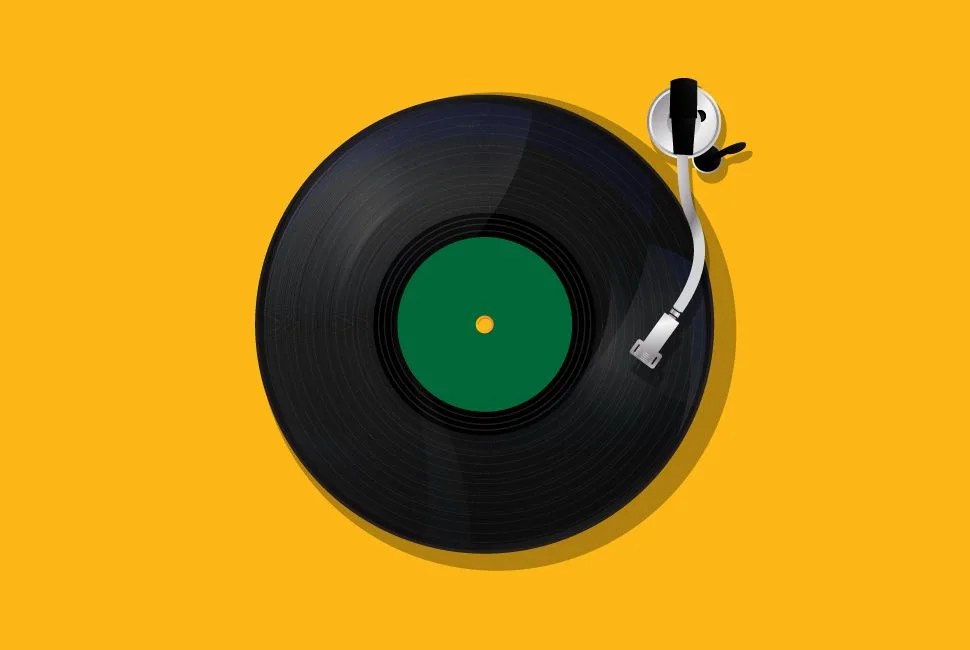Photo: GAVIN WHITNER / MUSICOOMPH.COM
When I set out to write an article on balancing a tonearm, I thought: how hard can it be? I’ve owned a turntable and played vinyl since way back when vinyl was still king. I’ve spent years making sure that the weight of my needle and cartridge is just right on my records. I’m obsessed with not only not wearing out my record and cartridge with too much weight (an urban myth, it turns out), but also avoiding that jolting needle rip as it passes across an LP with too-light tracking. I always just used common sense, and I thought that was enough. What looks like a reasonable amount of pressure on the record and cartridge — i.e. the cartridge holder itself should not be dragging along the vinyl surface — has served me well. But for those who like to get it right (or those new to vinyl who have never had the opportunity to learn this procedure intuitively), there is a proper way.
I decided to consult an expert audiophile just to make sure I wasn’t missing anything, and once again I was reminded of how basic my Technics 1200 setup is. When it comes to audio equipment, I’m like most people: a mass consumer who doesn’t have $3,000 or more to spend on a turntable (not including the tonearm). As a result, I have what is considered a basic automatic turntable, with everything I need — tonearm, platter, plinth, motor — built-in and included (the cartridge is extra).
For those who like to get it right, there is a proper way.
“With an entry-level turntable, there isn’t much to balance,” says Ron Kain, a turntable school graduate and audio specialist at New York City’s Stereo Exchange, which has been supplying high-end equipment to masters of the universe and audio enthusiasts since 1984, when it was just down the road from now-defunct Tower Records on Broadway, just above Houston Street. “All you’re doing is balancing the weight of the cartridge hitting the record.” In other words, the only thing I can control on a standard automatic turntable is the tracking force, which is the process of getting the cartridge to sit on the record with the ideal amount of weight — not only making your record sound better, but also preventing the tonearm from flailing about wildly and scratching your record in the process.
So really what we’re talking about here is setting the tracking force on your turntable, not balancing a tonearm. And here’s how you to do that.
1Reset your tonearm. It’s not as simple as clicking “reset”, but it’s not rocket science, either. First, set your anti-skate setting to “0”, then adjust the counterweight (the big cylindrical knob) until the tonearm looks more or less balanced, like a seesaw or scale with either end at the same height. You’re now at zero. Next, all you need to do is adjust the dial on the front of the counterweight to the setting recommended by the cartridge manufacturer. According to Kain, that’s usually around two or three grams.
